PsychNewsDaily Publishers
100 Summit Drive
Burlington, MA, 01803
Telephone: (320) 349-2484
PsychNewsDaily Publishers
100 Summit Drive
Burlington, MA, 01803
Telephone: (320) 349-2484

Plants might seem quiet and still, but they actually have some surprisingly clever ways to share information with each other.
You probably don’t notice it, but beneath the surface, plants are busy communicating about their surroundings and helping each other survive.
Once you realize how plants talk to each other, it kind of changes how you see nature. There’s a whole conversation happening out there, and we’re about to look at six ways plants interact—no words or sounds needed.

Plants send out tiny chemical signals called volatile organic compounds, or VOCs. These molecules drift through the air, carrying messages to other plants nearby.
When insects attack or stress hits, a plant releases VOCs as an alarm. Nearby plants catch the hint and start getting their defenses ready.
VOCs also help plants chat with pollinators like bees by giving off certain scents. That way, plants can attract the right helpers to spread their pollen around.
These chemical signals move quickly and can travel quite a distance. It’s basically an invisible chat room for plants.
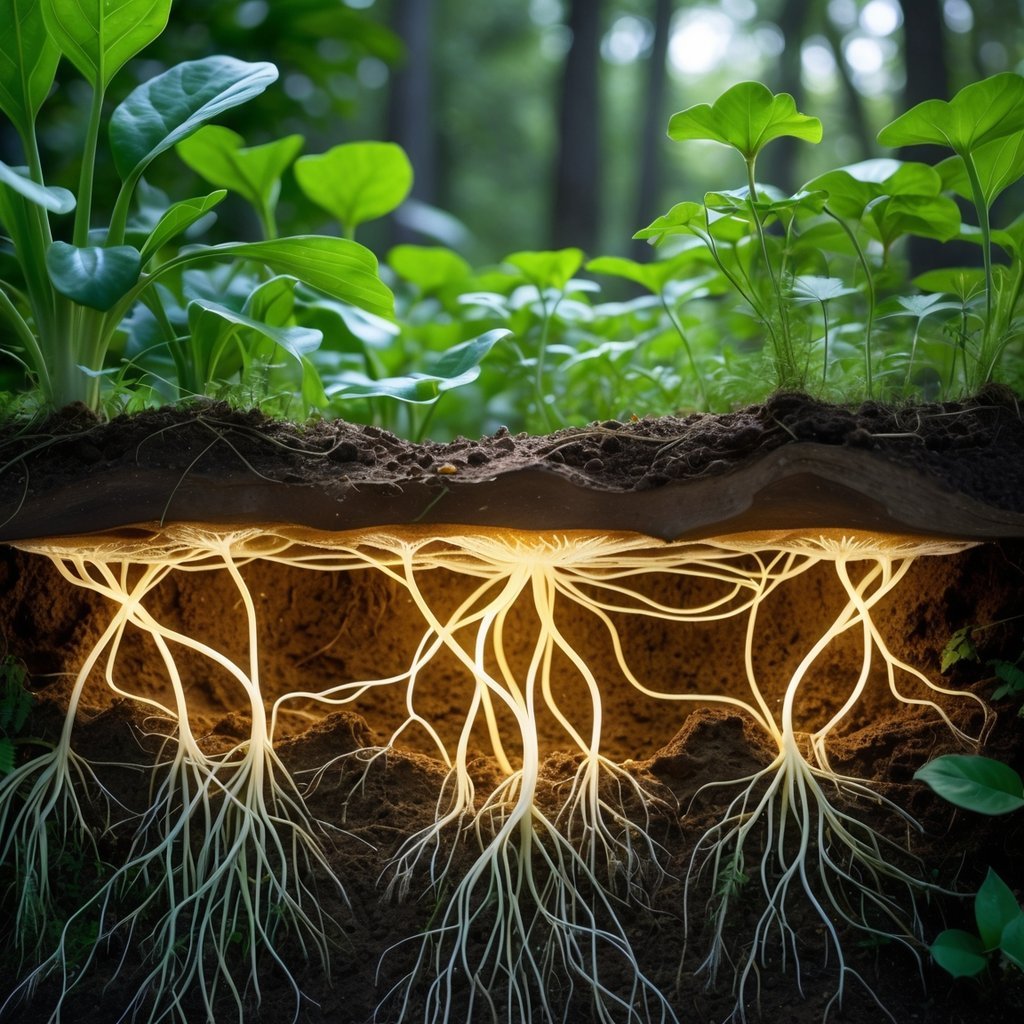
Plants can talk to each other through underground fungal networks called mycorrhizal networks. These networks connect the roots of different plants with thin fungal threads called hyphae.
Through these connections, plants share nutrients like carbon and minerals. They also send out warning signals if pests or disease show up.
When plants send or receive messages through these networks, it helps the whole group stay healthy. Fungi get sugars from plants in return, so both sides win. This hidden teamwork underground keeps plants alive and growing.
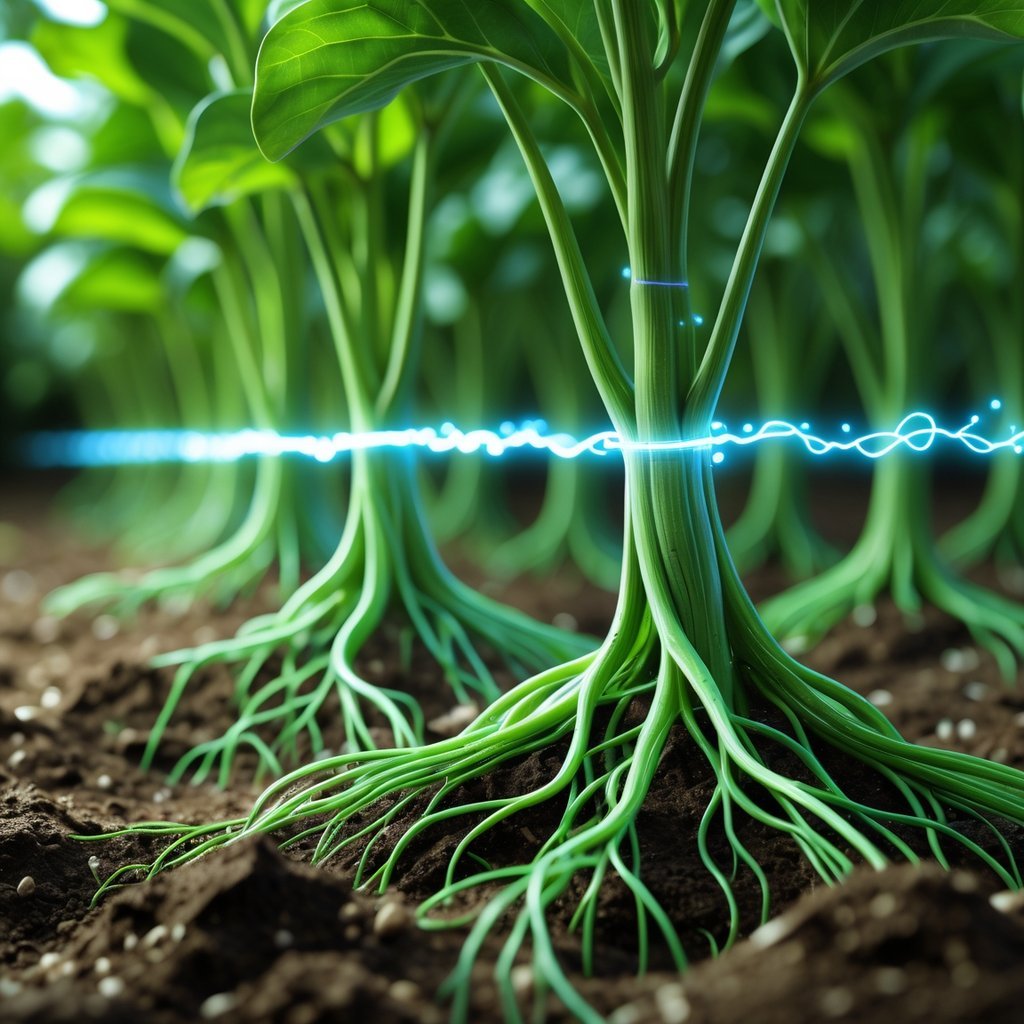
Plants’ roots can send electrical signals to each other. These impulses travel through connected roots or the soil, letting plants share important information.
If a plant faces stress, like damage or drought, it sends electrical messages underground. The neighbors pick up these signals and get ready to protect themselves.
This root communication happens fast and keeps plants alert to changes. It’s kind of like a nervous system, but for plants.
Next time you look at a garden, just imagine all the electrical chatter happening below the surface.
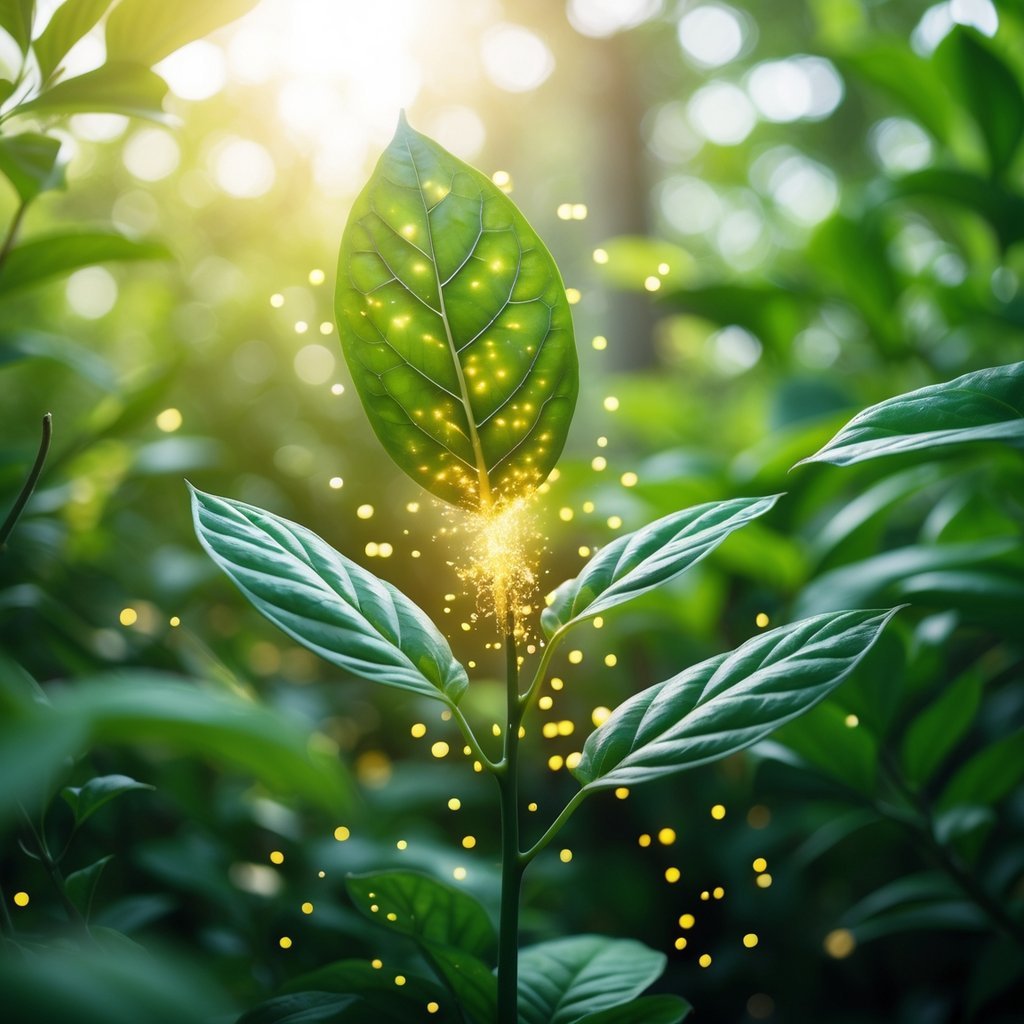
When pests attack a plant, it releases special chemicals into the air. These chemicals act as a warning signal to nearby plants.
Surrounding plants “smell” these signals, even if you don’t. They respond by making their leaves taste bad or by producing protective substances.
This natural alert system helps reduce insect damage. It’s almost like plants looking out for each other without making a sound.
So, when one plant gets attacked, the whole garden might be sharing the news, quietly keeping each other safer.
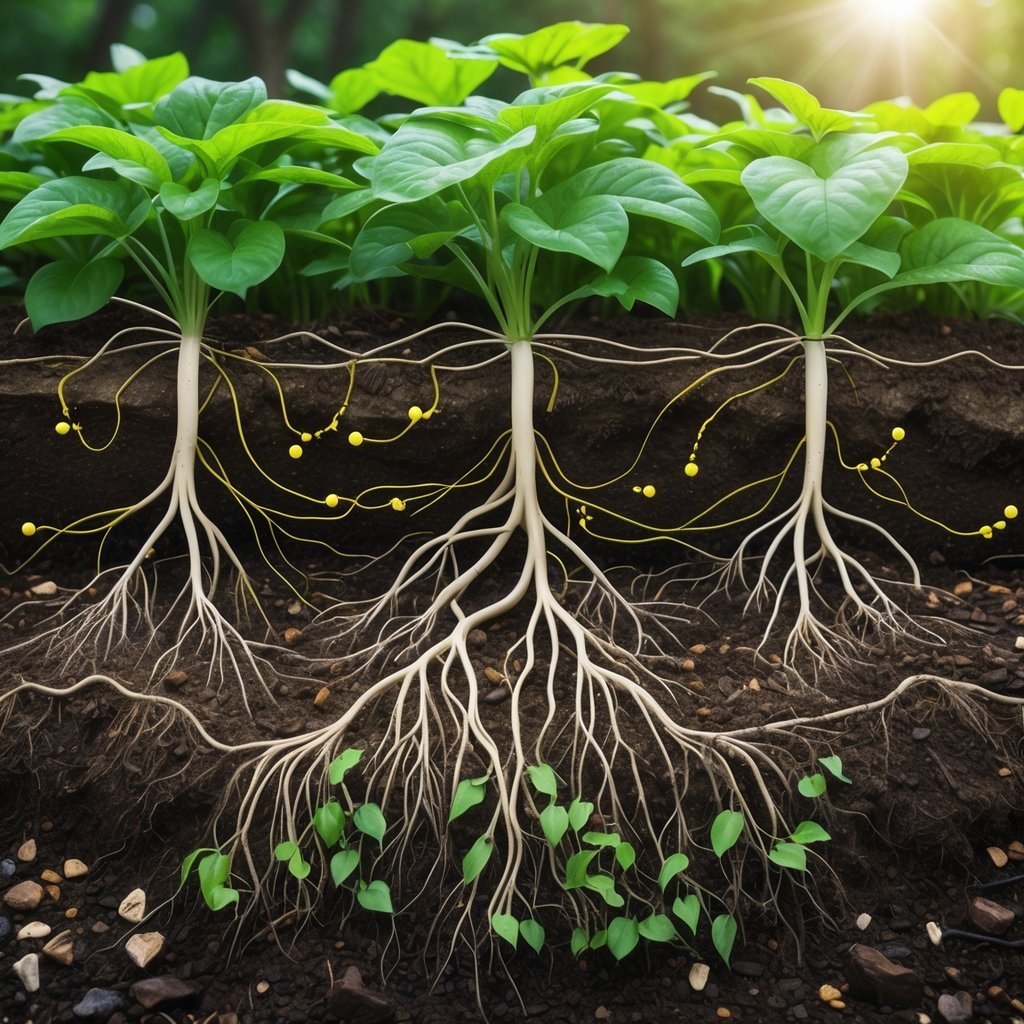
Many plants connect underground through their roots, even if you can’t see it. These connections help plants share important nutrients like water and minerals, especially when some are struggling.
Fungi threads called mycelium often create these links. They act like tiny wires, letting plants send food and signals back and forth.
If one plant finds a good stash of nutrients, it can share with its neighbors. This teamwork makes it easier for the whole group to get by, even in tough times.
You could think of it as plants quietly helping each other out beneath the soil.
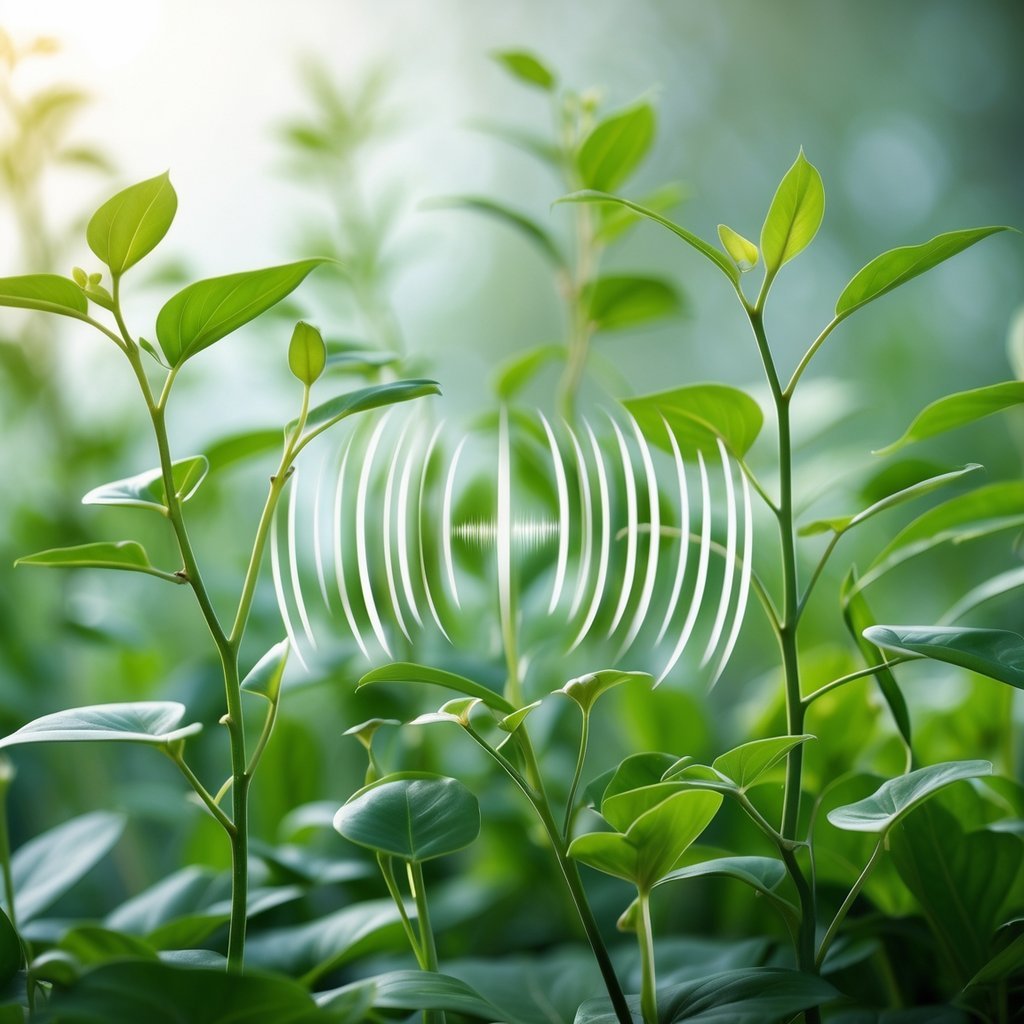
You might think plants just sit there in silence, but they don’t. They actually use tiny vibrations to communicate, almost like a secret language.
These soft sounds travel through the air or soil. Plants sense what’s happening around them, even if we can’t hear a thing.
Your plants can pick up on vibrations from nearby roots, or maybe even from insects crawling by. That’s how they react to threats or track down water and other resources.
If you listen closely—well, as close as you can—the world of plants feels a little more alive. These quiet signals remind us that plants stay connected, even without words or sounds we notice.